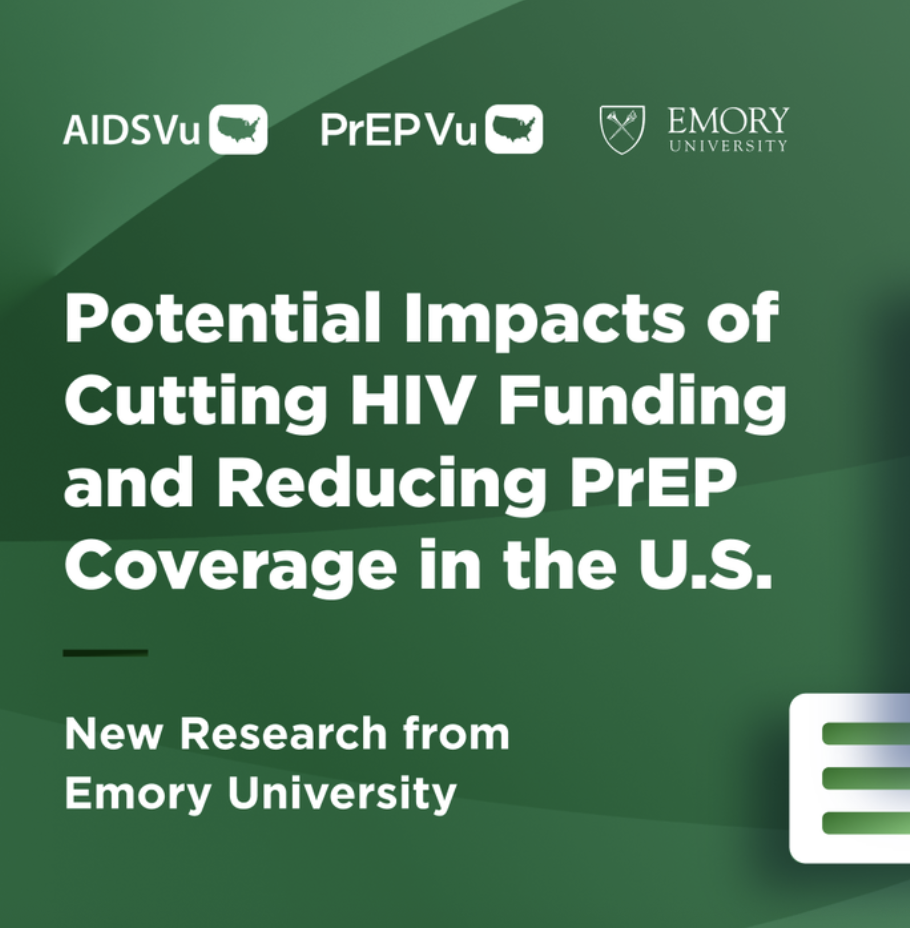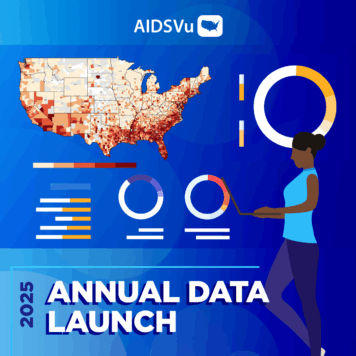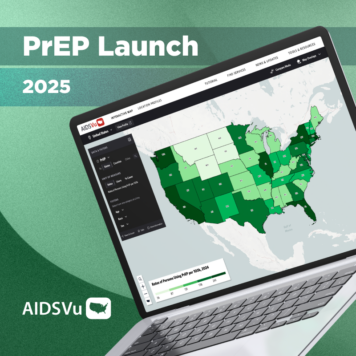Lorraine Dean, ScD is a social epidemiologist who researches health disparities as they relate to privilege and disadvantage. She is an Associate Professor at Johns Hopkins University and is working on forthcoming research regarding PrEP reversals.
Q: What led you to concentrate on the field of social epidemiology, and what have you learned throughout your career in relation to social epidemiology and HIV/AIDS?
Social epidemiology examines the social reasons that explain how diseases move through populations, or why diseases are especially prominent in some populations over others. My childhood led me to social epidemiology as a field. I grew up in a working-class family – financial pressures were aways looming. My dad worked two jobs, and affordability issues were always around me. When I came to this work, I was focused on financial challenges, financial stability, and how finances were either affecting people’s health risks or how a health shock could, in turn, affect individual finances.
When I started, I was doing this work with cancer. But over time, I realized my patients were dealing with several health outcomes, and that there could be similarities across different types of chronic diseases. I started exploring and thinking about HIV – another chronic disease – and got accepted into a fellowship at Brown University by Amy Nunn and Phil Chan. They knew that I was a cancer researcher but understood that I could apply some of the same frameworks and skills to examining how HIV affected people’s financial trajectories.
I realized that these trajectories start long before someone is diagnosed with HIV. There are financial patterns of access to prevention. That inspired our initial paper on PrEP reversals. When we are thinking about reversals – the idea of a medication being put back on the shelf at the pharmacy – we think about what could lead a patient to get all the way to the pharmacy with the intention of picking up a medication, and then not pick it up. What is the one thing you don’t know about a prescription when you get to the pharmacy? It’s cost. So we were using reversals as a proxy for affordability of PrEP medications. This was modeled off of Jalpa Doshi’s work, which was on oral anti-cancer medications.
Q: You are an inaugural AIDSVu fellow and have focused your research on examining PrEP reversal rates in counties across the U.S. Can you explain what you found in this research, along with the implications of your results in the ongoing push to increase PrEP equity in the U.S.?
This work was built from the initial work from an NIH R21 co-led by Amy Nunn and with a couple of other collaborators. We found that nearly one in five patients who were newly prescribed PrEP left it on the pharmacy shelf. These were insurance-approved prescriptions. That means that even when there was no issue with prior authorization or insurance, nearly 20% of patients didn’t walk out of the pharmacy with their medication, the first time they tried to get it. It’s a real challenge and a missed opportunity for prevention because these same patients had five to six times higher HIV rates within one year compared with patients who picked up PrEP more consistently. These cases might be otherwise prevented. AIDSVu helped me expand and look into where these reversals were happening and get a sense of where intervention was needed for this problem. In my AIDSVu analysis, my postdoctoral fellow, Dr. Rahel Dawit, and I looked at 308 U.S. counties, and examined reversal rates in those counties. We found that counties that had higher levels of unemployment, along with rural counties, had higher odds of PrEP reversals. We also found that counties with higher household crowding had lower odds of PrEP reversals.
There are a couple of things to note about these findings. First, we don’t want to presume that there is a causal linkage here, as these are county-level characteristics and individual-level reversal outcomes. We can’t claim that unemployment or rurality causes PrEP reversals, because it creates a causal assumption about people’s individual behavior, which could include very complex processes and influences. At its core, this analysis tells us where we can look and what we can look for in counties for future interventions.
Another implication of this work is stopping non-adherence before it starts. This means identifying patients who miss their first prescription, and perhaps focusing on pharmacy-based interventions. Pharmacies are a missed opportunity for HIV prevention. Our analysis looks at particular counties with higher unemployment or in rural counties as well as ones with certain levels of household crowding – those are the places where we may start considering pharmacy-based interventions.
Q: Did you find a notable difference in the rate of PrEP reversals in Medicaid expansion vs. non-Medicaid expansion states?
We did. In isolation, without examining any other variables, we found that counties in Medicaid expansion states had a 12% lower reversal rate. However, when we factored in all of the other significant factors, that number dropped to 8% and was only marginally statistically significant. Regardless, there is still a trend and important association that this difference speaks to. Even though it wasn’t necessarily statistically significant, 8% less of a reversal rate still shows that there could be a meaningful difference in terms of population level reductions. During the bivariable analysis, we found a trend – even though it was less prominent in the multivariable analysis, there’s still something to be said about Medicaid expansion being associated with fewer PrEP reversals.
The way I see this, as a social epidemiologist in a place as resource rich as the U.S., we shouldn’t have to worry about things like people’s cost barriers to medication, especially preventive medication. We have all the resources that we need to make changes happen. It truly boils down to the political will.
Q: Based on the findings from your forthcoming research, how do you think those involved in trying to increase PrEP access should shift strategy?
Social epidemiology revolves around changing the context – and we don’t have a lot of context-changing strategies. A lot of times we think about interventions on the individual level, but there are other contexts to address. One context is cost, which the Affordable Care Act (ACA) helps to address by making most PrEP cost $0 for most Americans after the U.S. Preventive Services Task Force (USPSTF) gave PrEP an A-rating. Today, in contrast to when we did this analysis, most people should be facing zero cost for PrEP. That may change due to a recent Supreme Court decision that exempts some employers from covering PrEP, but zero-cost PrEP is an intervention that will hopefully stay in place and hopefully expand.
Another context to examine is PrEP access. For example, we see several states expanding the authority of pharmacists to prescribe PrEP as a way to make it easier to access. When we think about this in context of our study results, perhaps we can push for pharmacist-prescribed PrEP in counties where we know that PrEP reversals are high – the ones with high levels of unemployment, or are in rural areas. I hope that we can use some of these findings to locate, identify, and expand the authority of pharmacists to prescribe PrEP in states that have counties with higher levels of unemployment and rurality. Although, I also think that expanding the authority of pharmacists to prescribe PrEP at the pharmacy should be a national strategy as well.
A cultural context is also a particularly important context to address. In the U.S., we need to increase our emphasis on prevention altogether, and really think about how to incentivize people towards prevention. Prevention should be part of the default for all people who are at risk. There’s probably a larger population with a need for PrEP than has been at the focus of targeting and intervention. But, with a true value of prevention in society, we can think more holistically about how we can change the context to value prevention more.




